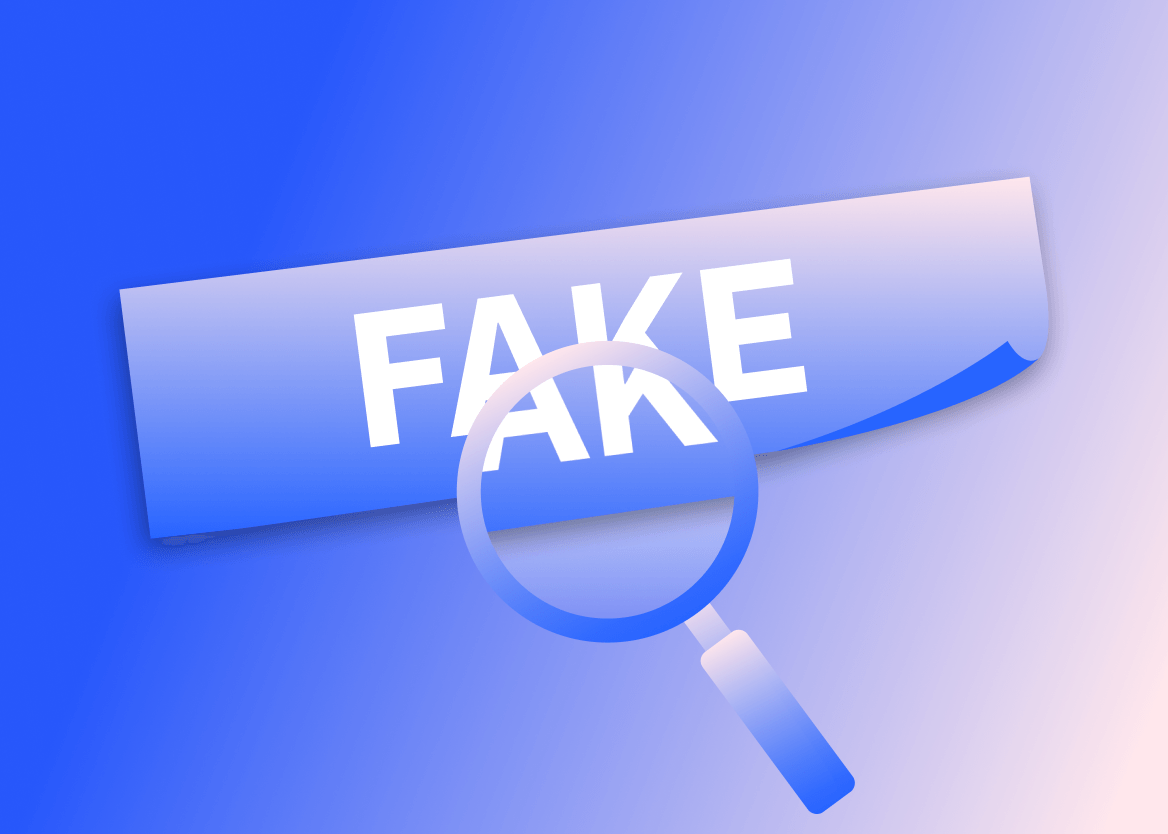Leading Department Stores Share How They’ve Achieved Growth With an Online Marketplace

eCommerce is putting the world of traditional retail on notice. This year, global eCommerce sales are expected to climb to nearly $5 trillion, with experts predicting that by 2024 roughly a quarter of all items will be purchased online.
Throughout this transition, department stores have often hesitated while others jumped at the opportunity. This wait-and-see approach is becoming increasingly less viable, as retailers continue to show a growing enthusiasm for launching third-party marketplaces of their own. While adoption has been accelerated by the pandemic, this eCommerce trend is not a new phenomenon: instead, it is the result of a growing push by retailers to better meet the evolving needs, behaviors, and expectations of their customers.
Where others have stalled, some of the leading department stores from around the world, including Liverpool, The Bay, and Manor, are seizing the moment: using the marketplace model to capitalize on this shift and improve the customer experience. With an enterprise marketplace, these industry leaders are gaining the speed and agility they need to quickly adapt to changing demands – without carrying the typical risks associated with adding inventory.
Below are 4 marketplace lessons learned from these leading department stores, and others like them, who are redefining their business with an online marketplace.
1. Go where your customers are and listen to their needs
It may sound simple, but the best way to reach your customers is to meet them where they already are. In a traditional department store that might mean notifying shoppers of your best deals right when they enter the store. An online marketplace is no different. To be effective, you need to seamlessly incorporate marketplace items into the pillars of your omnichannel strategy – not isolate them into a separate section of your eCommerce site. Shoppers want a seamless, one-stop shopping experience, and by partnering with trusted, third-party sellers you can strengthen your existing brand promise.
Loading...
Take Liverpool, Mexico’s leading department store, for example. Far from hidden away, Liverpool’s marketplace items are given the same weight as their first-party assortment. This means offering them both online and in their stores using a tablet/smartphone or purchasing them via a store employee. They’re also making marketplace items available for their click and collect feature on the Liverpool Pocket mobile app.
2. Accelerate core growth objectives
An enterprise marketplace is a great way to explore and unlock new growth opportunities. Think beyond regular catalog expansion and consider what avenues or projects are now achievable. Perhaps it’s growing internationally, introducing services to complement your array of products, or accelerating your corporate social responsibility.
Department stores should look to take a page out of the playbook of leading women's apparel brand, Madewell. They’re leveraging the marketplace to fulfill their 15 Percent Pledge – a commitment to ensure at least 15% of their shelf space (virtual included) is dedicated to black-owned businesses. Through their “Labels We Love” marketplace, Madewell saw their product assortment jump 91% in just four months, and have increased their representation of Black-owned businesses by 200%. This improved variety allowed them to both deliver the latest brands and items their shoppers demanded while also supporting economic equality.
3. Bring in the entire organization and invest in change management
An effective marketplace strategy is one that excites and benefits the entire organization. From day one of planning be sure to include all company stakeholders as you determine key business decisions such as your marketplace assortment strategy, seller recruitment guidelines, and the integration of the online marketplace within the business’s core eCommerce experience.
Loading...
At The Bay, Canada’s most iconic department store, their goal was to attract high-quality sellers to drive a digital-first business strategy and deliver a seamless shopping experience. To get there, they established an executive committee to work with key change agents from across the business (from eCommerce teams to business and technology partners) to address concerns, and demonstrate the added value an online marketplace will bring specifically to them. “The most critical thing that we implemented was a senior executive steering group, which I sat on. We focused on the customer journey and the user experience for the customer, and we launched the marketplace with hundreds of new brands, “ says Iain Nairn, President & CEO, The Bay. “That’s something a department store would never have been able to do in the past.”
4. Don’t confuse curation with scarcity - embrace curation at scale
It’s time to abandon the narrative that curation and scale are at odds with one another; the truth of the matter is, the pair go hand-in-hand to meet customer expectations. With a curated seller and offer strategy (that spans both existing and relevant new categories) you’re able to reinforce customer loyalty, maximize choice, and foster growth by offering a true extension of your brand.
For Manor AG, Switzerland’s largest department store chain, the enterprise marketplace allowed them to quickly scale their online catalog while staying true to their brand DNA. By the end of the year, they’ll expand their selection to include roughly 200,000 new products from 100 high-quality, third-party sellers their customers already know and trust. Through this partnership Manor can better meet the changing needs and behaviors of its shoppers without needing to add additional warehouse space.
For department stores this is more than a transformational project, this is an opportunity for sustained growth
The marketplace model is a transformational opportunity to generate sustained business growth - one that feels it’s been specifically made to help department stores transform into eCommerce hubs. But to unleash the unmatched agility and flexibility the marketplace model offers, it must be treated as a business-wide priority. This means weaving the platform into every aspect of the business, from strategic vision to key operational decisions, and beyond. In doing so, department stores have a fantastic opportunity ahead of them to elevate their brand, strengthen their reputation, and ultimately offer more value for their buyers.
Interested in learning more about how an online marketplace can power your business growth? Be sure to check out the 11 Essential Best Practices from Leading Enterprise Marketplaces. Packed with relevant insights, in-depth case studies, and real-world examples, this eBook covers everything you’ll need to know to unlock this new, innovative way of doing business. Download the 11 Essential Best Practices today.



